Biography
A Brief Biography of the Author
by Dr. Ataollah Shahbpoor and Ali-Ashraf keshavarz
After Agha Mohammad Khan Qajar (the founder of the Qajar dynasty) was assassinated, he was succeeded by his nephew, Fath-Ali Shah Qajar, the son of Hossein Qoli Khan because he had no child of his own. Fath-Ali Shah Qajar was crowned in Tehran in 1797 on the first day of spring, 1176 (Solar Hijri Calendar), and on the Eid al-Fitr of the year 1212 (Lunar Hijri Calendar).
The first son of Fath-Ali Shah Qajar, Mohammad Ali Mirza Dowlatshah, was a man of science, who also had a great love of literature. A Diwan, written under his pen name, Dolat, is extant.
A sample follows:
Oh, dear beloved,
You robbed me with one look,
Of my heart and my faith.
How shall I go on,
With no heart, with no faith?
So glows my face
from the fire inside,
Like that rose of the rose bed,
Constantly under the heat of the sun yet it grows with pride.
Oh, you righteous one, do not cast me a look of pity,
My zunnar1 serves as a rope of unity.
So gloomy is my destiny, so strife
Even the sunlight cannot brighten my life.
If my fiery heavy sighs ever reach heaven,
The bird nests in its tree will all burn.
I am so depressed, not feeling connected to you
How shall I live a worthy life without you.
From the very beginning, the love
Obligated that I shall not complain,
I am abiding by it yet going insane.
How do I tell you that everything is One
I live and breathe unity, in this evolution unification has won.
Oh Dowlat2!
do not complain if I lost
All my heart and faith for love
For I came remedied of every pain
And all the loss turned into gain.
During the time that his father was king, Dowlatshah was seated as the ruler of Kermanshah and parts of Khuzestan. As stated in several history books, he was instrumental in the development and prosperity within his territory to include the construction of the Mizan Dam in Dezful and Shooshtar, the Fath-Ali Khani bridge in Khorram Abad and Dezful, and barracks, bureau buildings, squares, mosques, bazaars, and cisterns in Kermanshah.
In short, his work made this city a spectacular place.
He captured Asadkhan Bakhtiari (from the rebels of Khuzestan) and took him to Kermanshah. Dowlatshah was also victorious in the war against the Ottomans and successfully sieged Baghdad multiple times.
Born on January 1, 1789, Dowlatshah died in a place called Patagh on November 22, 1821, as he was returning from the conquest of Baghdad. He was 33 years old.
His eldest son was Mohammad Hossein Mirza (known as Heshmat ed-Dowleh), who was appointed ruler of the western states and parts of Khuzestan after his father’s demise by order of Fath-Ali Shah. He continued his reign until the initial years of the Mohammad Shah Qajar kingship
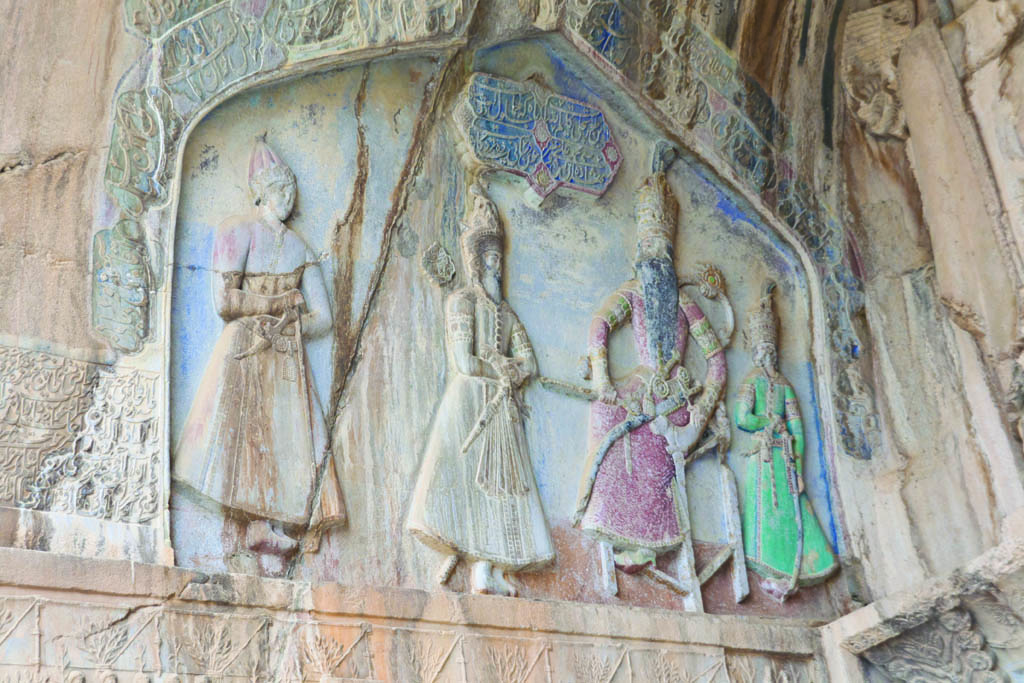
The eldest son of Heshmat ed-Dowleh, Prince Mohammad Hadi Mirza, a man of goodness and honor, had a keen interest in literature and science. Unfortunately, because he was afflicted with gout, he spent most of his time at his house, reading. He was an intelligent man who shared his knowledge of the various sciences of his time. He was also versed in spiritual and religious knowledge and many scholars and priests have benefited from his presence.
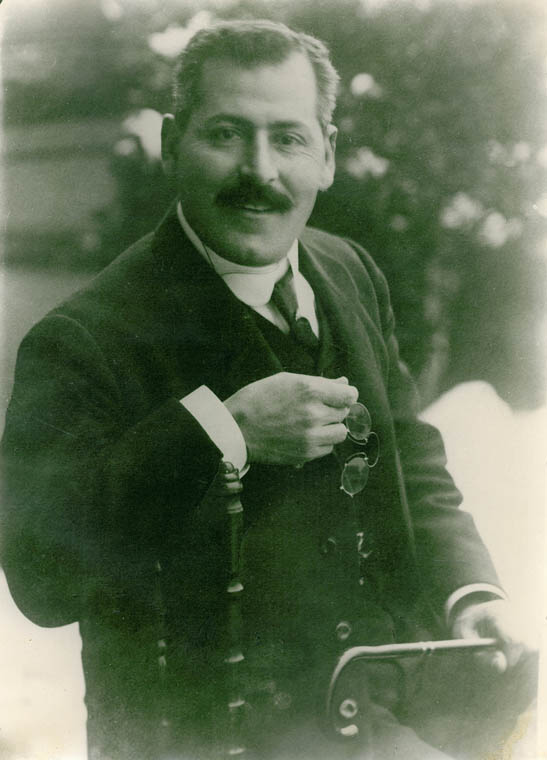
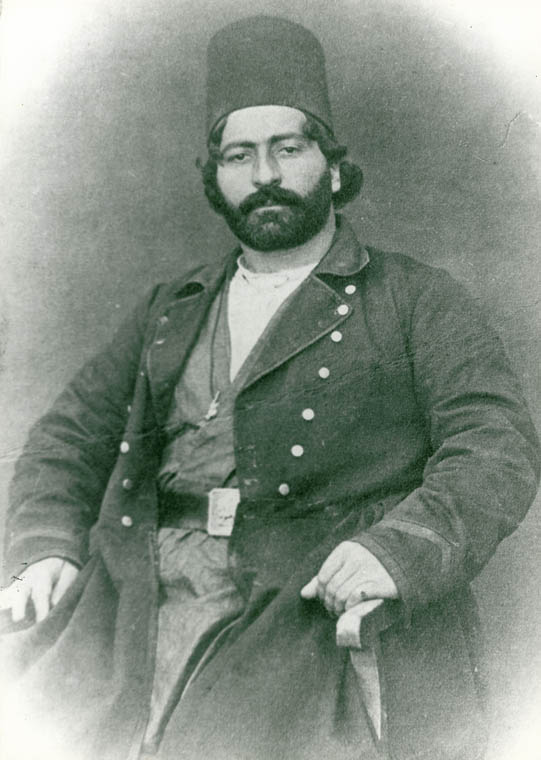
The fourth child of Mohammad Hadi Mirza (Mohammad Sadegh Mirza Dowlatshahi, known as Heshmat al-Sultan), was an educated man and a scientist who spent twenty-four years of his noble life with Mirza Abolqasem Khan (known as Naser ol-Molk), the regent of Ahmad Shah Qajar, in Austria, Hungary, France, Switzerland, England, and other European and American countries. When Naser Ol-Molk reigned in Kurdistan, he was the regent to Heshmat al-Sultan. Heshmat al-Sultan died in Kermanshah at the age of 52.
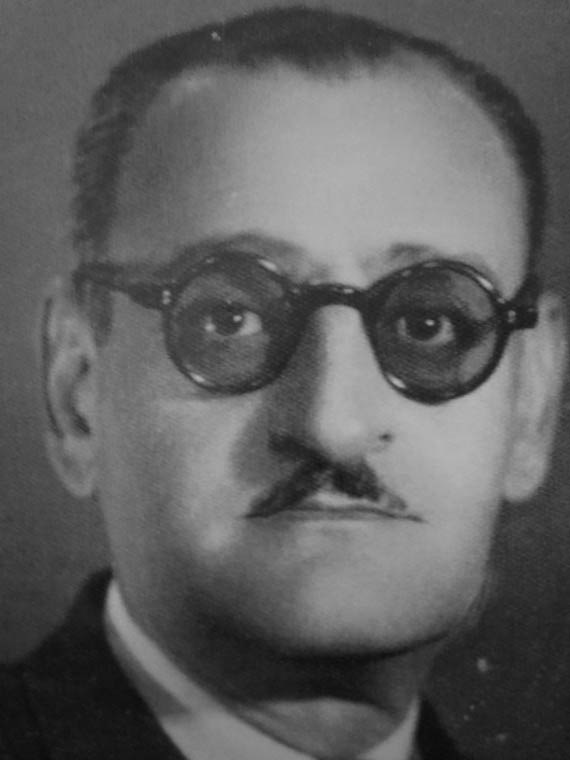
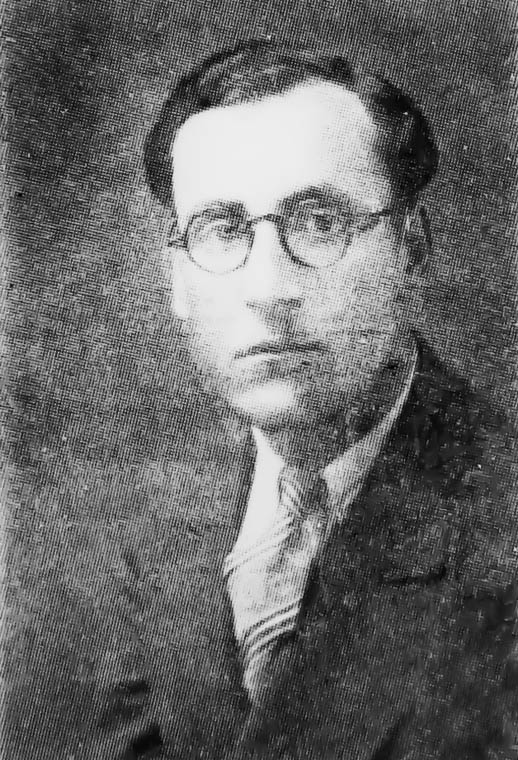

He had three sons and two daughters. One son, Manuchehr Dowlatshahi, studied Engineering in Beirut and was the head of the road administration in Mazandaran province for a while. At the time this book was written, he was residing in Tehran and occupied with engineering, contracting, and farming. He is the author of several publications, including: “What is Going on in Creation,” “The World of Atom,” “The Secrets of Waves,” “Radar, Creation, and Developments of Life.
Another son, Mr. Fereydun Dowlatshahi, worked in the Iranian Tobacco Company, and at the time of this book, he had been occupied with farming and various other jobs.
His eldest son, Heshmatullah Dowlatshahi, known as Heshmat al-Sultan, is the author of this book. He was born in Kermanshah in 1904, and received an education in traditional and modern sciences.
Mr. Dowlatshahi, with whom the authors of thise biography was in close contact for the past 40 years, is a man of utmost nobility. He is a good and honorable man, a benefactor, and we can most certainly declare that we are yet to see a man to match his moral greatness. His generosity has no limits and he is willing to sacrifice his existence in the path of God and people, despite all the hardships and entanglements. His spiritual dimension is so strong that even in distress and troubles, his laugh never faded, lest it cause pain in companions and friends. He is mellifluous, smooth-spoken, logical, and incisive.
His moral force, abnegation, will, countenance and piety are so intense that most cannot even comprehend, let alone achieve such virtues.
In summary, our words can never justify his greatness in thoughts and moral force.
Mr. Dowlatshahi has written several books including The Mechanism of Creation, which was published in 1951 and 1953, then republished in 1968. The Dynamics of Creation published in 1967. Unity in the Eternal Universe, Some Notes on Unity, Flowers of Guidance (Book 1, 2, and 3), will soon be published, The Spiritual Book (in 3 books, also forthcoming), and the Booklet of Flowers of Guidance, which was published in 1965.
Since 1954 (and continuing with the publication of this text), the editorial articles of the yearly magazine of “Light of Knowledge” (each approximately 50 to 80 pages) were dedicated to him. He authored numerous articles in this magazine. His series of articles entitled “Fate and Destiny,” were published in 1964 and 1965 in 12 volumes. They will be published later as an independent book.
He has also written articles in several books, including The Doctrine of Shi’a in Qom, The World of Knowledge in Kerman and he has published in the yearly magazine of The Teachings of Ja’far in Qom and daily magazines of Khosrawi, Khak-e Khosrow. In addition, he has published in several other magazines in Kermanshah and independent pamphlets in Tehran and Kermanshah.
Aside from authorship, Mr. Dowlatshahi had a great talent for poetry and he composed many poems in the forms of Ghazal, Qasida, Ruba’i (quatrain), Qet’e, and other forms.
Some of the writings of this scientist and author have already been translated to other languages and have received attention from scientists, university presidents, university scholars, authors, press directors, clerics of other religions, and other personalities around the world. They expressed some ideas that are published in 488 pages in both English and Persian in the book “All the world welcomes the proposition of the modern universal unity.”
Honorary PhDs were bestowed upon him from many universities around the world to appreciate the universal and humane services of this bounteous man. There have also been detailed discussions on him in magazines around the world.
During his life in Kermanshah, Mr. Dowlatshahi has served in several social service capacities, including, but not limited to, serving twice as a member of the city forum and serving as a member of the board in the Imperial Society. He established the Union of Farmers and Western Tribes, was a member of the board in physical education and a healthy recreation organization, and member of the board in Liones Club.
The respectable mother of Mr. Dowlatshahi, Zarrin Taj Dowlatshahi, was the daughter of the Mirza Esmaeil Khan, one of the distinguished and noble families in Kermanshah. She was a lady of wisdom; she was resourceful, literate, and a devotee for study. For Mother’s Day in the year this book was written, Mr. Dowlatshahi gave his mother a Holy Quran as a present, and composed the following poem for her:
Footnotes
- zunnar was a belt worn by Christians in a Muslim community and it was used as a sign to identify them
- Dowlat is referred to the author of this poem, Mohammad Ali Mirza dowlatshah.